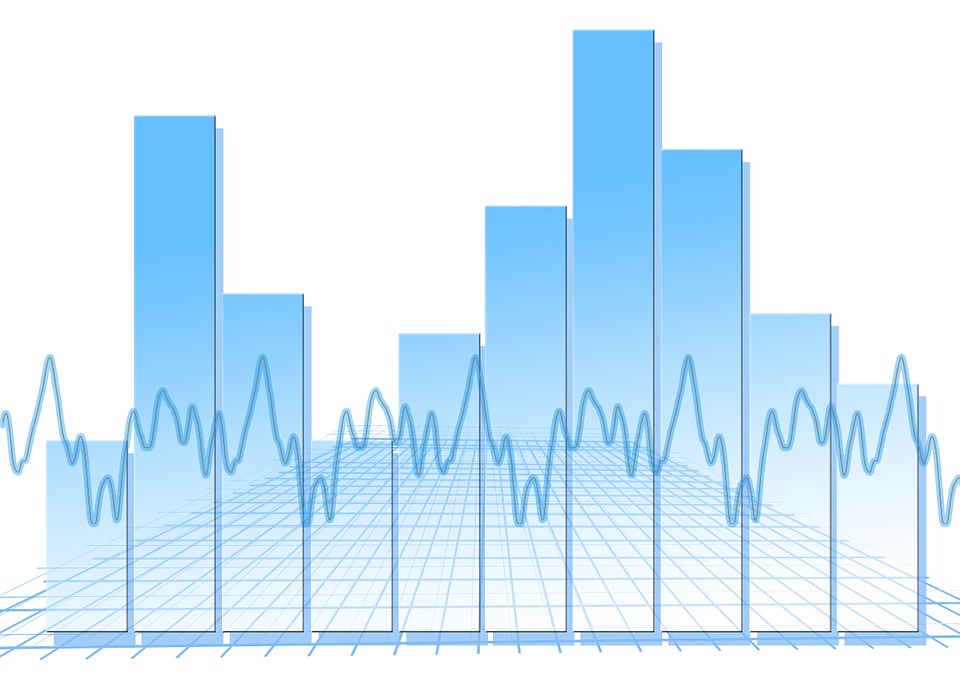Business and Economy
BSP to raise rates on rising inflation pressures: studies

It cited that “current interest rates are insufficient for an economy that is growing at around 10 percent in nominal terms.” (Pixabay photo)
MANILA — Sustained increase of rate of price increases will likely result to upward adjustments in the Bangko Sentral ng Pilipinas’ (BSP) key rates, studies said.
Last October, inflation rose to 3.5 percent from the previous month’s 3.4 percent, bringing the 10-month average to 3.2 percent, within the government’s 2 to 4 percent target for 2017 to 2019.
BMI Research, a unit of Fitch Group, in a study said that “although inflation is still within the central bank’s target band of 3±1 percent, we note that price pressures have been mounting.”
It cited that “current interest rates are insufficient for an economy that is growing at around 10 percent in nominal terms.”
“The risk is that if interest rates are kept too low for too long, malinvestment may start to accumulate in the economy,” it said.
Last November 9, the BSP’s policy-making Monetary Board (MB) maintained anew the central bank’s key rates citing that inflation remains manageable.
To date, the BSP’s reverse repurchase (RRP) rate is 3 percent, the repurchase (RP) rate is 3.5 percent and rate of the special deposit account (SDA) is 2.5 percent.
Reserve requirement ratio (RRR) of universal and commercial banks (U/KBs) is still at 20 percent.
BMI forecasts inflation to continue its uptick partly due to the expected increase of Federal Reserve key rates.
“We forecast the BSP to hike interest rates by 50 basis points (bps) over the coming months to prevent further peso weakness,” it said.
BMI projects inflation to rise to around four percent by the end of this year and average at four percent next year “as commodity prices are likely to remain on a broad uptrend, and this should feed into higher transportation and production costs.”
It also sees outstanding loans of banks to sustain its current uptrend, with total loans rising by 19.6 percent year-on-year as of end-September and household loans by 17.8 percent during the same period.
These growth rates are higher than the 9 to 10 percent expansion of nominal domestic output, it said.
Inflation pressures are also expected from the government’s bid to allow higher budget gap of about 3 percent of gross domestic product (GPD) in line with the program to spend more on infrastructure.
“We are of the view that the current low interest and inflation environment is unsustainable, and eventually one or the other will have to rise,” it said.
“Additionally, the record low interest rate is likely to lead to more speculative and unproductive investment decisions, posing downside risks to macroeconomic stability. With interest rates likely to head higher in the US, which could result in capital outflows, we believe that the BSP will likely look to hike interest rates preemptively to prevent further peso weakness, which is already one of the worst performing currencies in Asia year-to-date,” it added.
Also, Australia-headquartered financial giant ANZ said is of the same view on the BSP’s rate path since Philippine monetary officials have repeatedly noted that risks to inflation are on the upside.
In a research note, the financial institution said that even as the BSP continues to discount the rising inflation rate as a major threat against its policy stance “in our view, upside risks to inflation are becoming significant.
”
It said additional demand-pull pressures are expected from the pending implementation of the first package of tax reforms as well as possible hike in transportation rates.
Robust loan growth is also a factor on rising inflation rate, noting that “credit growth is also rising at its fastest pace since end-2011.”
“Considering these deepening imbalances in the economy, we stand by our view that policy tightening is necessary and expect policy rate hikes of 50 bps (cumulative) in Q1 2018,” it said.





















